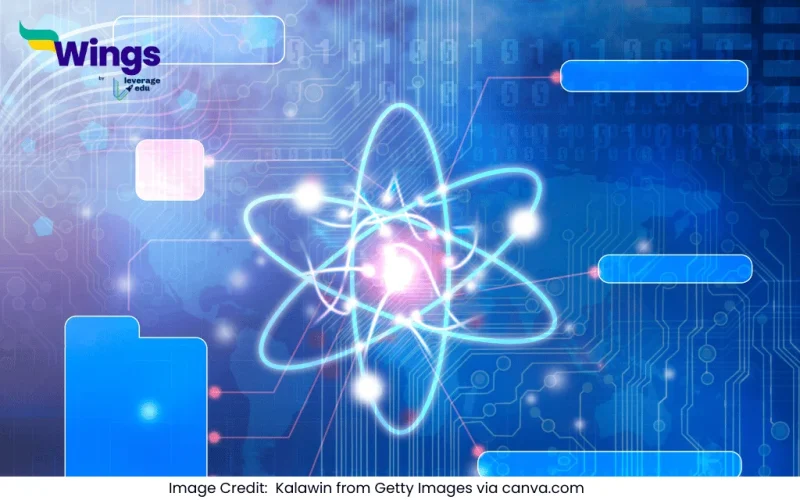The proton was discovered by Ernest Rutherford in the year 1917. Rutherford, a renowned physicist from New Zealand, is often referred to as the “father of nuclear physics” for his pioneering contributions to the study of atomic structure.
How Did Rutherford Discover the Proton?
Rutherford conducted a series of experiments where he bombarded nitrogen gas with alpha particles (positively charged particles emitted from radioactive materials). During this process, he observed that the collision produced hydrogen nuclei. Rutherford concluded that these hydrogen nuclei must be fundamental particles present in all atoms, as hydrogen is the simplest and lightest element.
He named these particles protons, derived from the Greek word “protos,” meaning “first.” This name signified the proton’s role as one of the fundamental building blocks of matter.
Why Is the Discovery of the Proton Significant?
The discovery of the proton marked a groundbreaking advancement in our understanding of atomic structure and fundamental particles, fundamentally reshaping the landscape of modern science.
1. Understanding Atomic Structure: The discovery of the proton, along with the neutron and electron, helped scientists develop the modern atomic model, which explains the composition of atoms.
2. Periodic Table: The number of protons in an atom’s nucleus, known as the atomic number, determines the identity of an element and its position in the periodic table.
3. Chemical Behavior: The proton’s positive charge plays a vital role in an atom’s chemical behaviour, influencing how atoms bond and interact with each other.
Rutherford’s Legacy
Ernest Rutherford’s discovery of the proton was a pivotal moment in the history of science. His work laid the foundation for further research into subatomic particles, including the neutron’s discovery by James Chadwick in 1932.
The discovery of the proton by Ernest Rutherford revolutionized our understanding of atomic and nuclear physics. It highlighted the complex yet elegant nature of matter and paved the way for advancements in fields ranging from chemistry to quantum mechanics. Without this discovery, modern science as we know it would not exist.
Common Doubts
 60,000+ students trusted us with their dreams. Take the first step today!
60,000+ students trusted us with their dreams. Take the first step today!


 One app for all your study abroad needs
One app for all your study abroad needs










